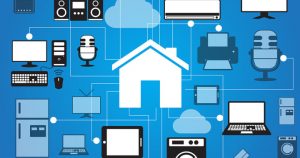Home automation technology has been a trending topic in the past one or two years. If you have been following trends in this newfound interest then you know that currently there are only two ways of connecting almost all smart gadgets in a room. These two options are somewhat limiting, and the next steps in home automation will challenge this.
 Current Options for Home Automation
Current Options for Home Automation
The first option for making your home smart is to purchase smart appliances separately and then have a centralized uniting gadget that connects all of them. While this appears to be a cheap option, it if difficult to find all smart gadgets you need that are compatible with one another.
The other option for home automation is use of sensor tags. These are smart gadgets that are installed on every device that you wish to control. The sensor tags are then joined to create a network. This option is more intensive and naturally more expensive.
Next Step for Home Automation
Advancements in home automation have shed light on a new approach to home automation that will use synthetic sensors. In this new technology, there will be real time capturing of environmental data which will then be used to convert regular household gadgets to smart gadgets.
Although still a prototype, enthusiasts of home automation are already excited for this technology which will require only one synthetic sensor module that is turned into a sensing hub for the whole room. Synthetic sensors will have embedded sensors that can detect electromagnetic noise, light, motion, humidity and time all at real time.
What makes these prototype Synthetic Sensors even more cool is their in-built machine learning algorithms. What this means is that this could show us real data for instance that coffee brewing has been completed, or a garage door has been left open.

